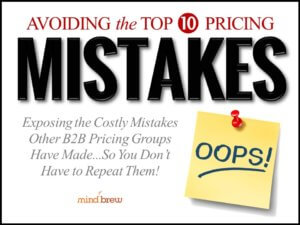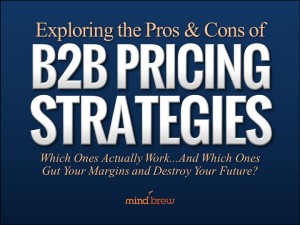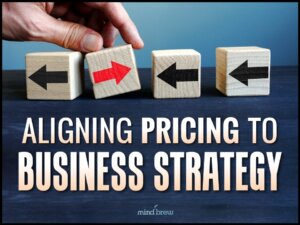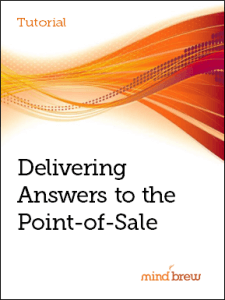May 20, 1927, was an extremely important day in aviation history.
On that day, a little after 7:30 in the morning, the twenty-five-year-old Charles Lindbergh climbed into the cramped cockpit of The Spirit of Saint Louis for his attempt to fly solo from New York to Paris to claim a $25,000 prize.
The flight was far from comfortable. The cockpit was just 36 inches wide, 32 inches long, and 51 inches tall (not that much different from coach seating on a modern plane), so Lindbergh couldn’t stretch his legs. And that would be a problem because the flight would take more than 33 hours.
The plane also lacked a front windshield — although it did have a periscope-like contraption to help him steer clear of ship masts. And the compass was mounted behind Lindbergh, so he could only read it with the help of a makeup mirror, which he mounted to the ceiling with chewing gum. Seriously. He had to MacGyver a mirror to read one of the most basic flight instruments.
Not surprisingly, problems with the flight started almost immediately. The plane, with its heavy load of fuel, barely cleared the telephone wires at the end of the runway. After only four hours of flying, Lindbergh began to get tired and descended to 10 feet about the waves in the hopes that the threat of imminent death would help him maintain focus. Eventually, he would doze off, though not for long. Storms forced him to change course. Ice coated the plane. And at one point, he even tried to yell down to fishing boats to get directions to Paris.
Of course, we all know now that Lindbergh completed his historic journey and claimed his prize.
But we sometimes forget that this first trans-Atlantic flight was less than a hundred years ago.
Aviation has progressed tremendously since then. Most flights from New York to Paris take just seven hours, and some cost as little as $300. (And by the way, February is the cheapest time to take this flight, so keep that in mind.) Airlines offer nearly 1,200 nonstop flights from New York to Paris every week, and Air France alone makes the trip 23 times every day. All the planes now have windshields and front-mounted compasses. Instruments are no longer held in place by chewing gum. And while leg room hasn’t improved a whole lot, planes are now large enough for passengers and pilots to get up and walk around once in a while.
The aviation industry learned a lot from Lindbergh’s flight — and from all the successes and failures since. Today’s student pilots don’t have to build their own aircraft and re-learn all the lessons of the past. Instructors pass on knowledge gleaned from all the pilots who have flown throughout the decades, telling newbies how to fly correctly and how to avoid the worst mistakes.
Unfortunately, the pricing profession hasn’t done as good a job as the aviation industry when it comes to knowledge sharing.
Pricing is secretive. Companies don’t want their competitors — or their customers — to know how they set prices. And as a result, it’s hard to learn what to do and what to avoid. Pricing professionals are largely left on their own. It’s akin to every aviator having to re-discover the principles of flight for him- or herself.
That’s one of the big reasons why we created PricingBrew. We wanted to research the best practices that work — and expose the ones that don’t — so that pricing professionals could leverage the collective experiences of others. There’s nothing wrong with trial and error — but people shouldn’t be making the same errors over and over when other people haven’t already learned what not to do.
We now have hundreds of resources on the website, but some of our favorites are still the ones that alert new pricing practitioners to mistakes to avoid. If you’ve never watched them, or if you could use a refresher, check out Avoiding the Top 10 Pricing Mistakes and The Pros and Cons of B2B Pricing Strategies. They tap into the collective wisdom of hundreds of other pricing professionals to expose best practices and potential pitfalls.
Lucky Lindbergh may have flown solo, but as a PricingBrew subscriber, you don’t have to.















